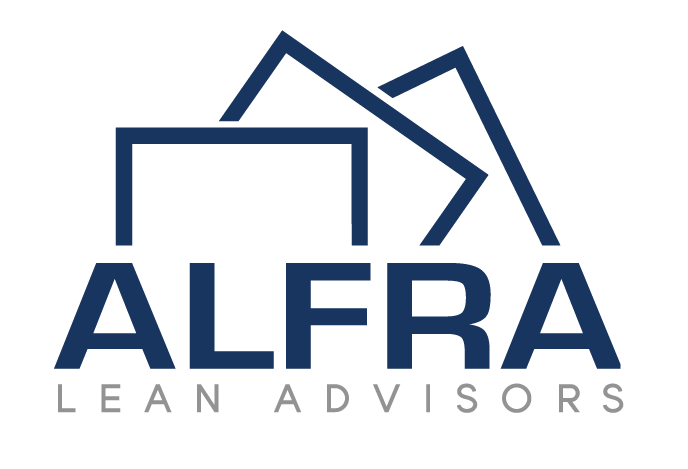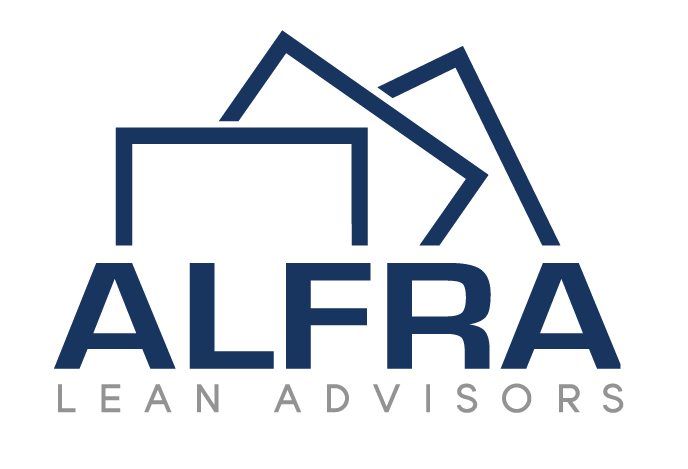Elements of the Smart Factory
Internet of Things
The Internet of things is a term that describes physical objects with sensors, processing ability, and software. These gadgets connect to other devices through the internet or wireless networks, enabling them to exchange data about themselves and their surroundings. The field has evolved due to the convergence of various technologies including ubiquitous computing, consumer-grade sensors, increasingly powerful embedded systems, and machine learning. This includes fields such as automation (including home and building automation) which enable us to create more IOTs with ease.
Smart Factory
A smart factory is a highly digitized, connected production facility that relies on the use of various technologies. Though not fully existent yet, it is thought to be the so-called factory of the future and is still in its infancy. The concept of a ‘smart’ factory lies within Industry 4.0- an important outcome of artificial intelligence (AI), robotics, analytics, and big data used for internet connectivity purposes as well as IoT technology which can run largely autonomously with self-correcting capabilities.
Digital Twin
A digital twin is a virtual model designed to accurately reflect a physical object. A project under study, for example, might be outfitted with sensors related to vital areas of functionality. These sensors produce data about different aspects of the physical object’s performance-such as energy output or weather conditions, for example-which is then relayed to the processing system and applied to the digital copy. Once informed with such data, this virtual model can be used run simulations and improve performance by generating insights that are put back into the original object itself.
Artificial Intelligence
Artificial intelligence enables machines to think and learn like humans. It means computers and machine technology can mimic the problem-solving skills of human minds. AI is not a single concept, but an umbrella term that covers any type of software or hardware that supports things like learning how to recognize images (computer vision), conversation understanding (natural language understanding) as well as processing text in natural languages such as English or Spanish.
Cloud Computing
Simply put, cloud computing is a delivery of various services- including servers, storage, and networking- over the internet (“the cloud”) to offer faster innovation, flexible resources, and economies of scale. You typically only pay for what you use in these types of services which helps you lower your operating costs as well as run your infrastructure more efficiently. Cloud computing is also a big shift from how businesses thought about IT resources in the traditional nature where they must have been limited by their physical limitations like server space etc.
Digitize your processes for greater efficiency.
Read our articles about Digitalization
Lean, Intelligence Manufacturing, artificial intelligence in manufacturing, intelligent manufacturing system, journal of intelligent manufacturing, intelligent manufacturing, intelligent manufacturing examples, Connected Enterprise, connected enterprise solutions, connected enterprise meaning, what is connected enterprise, Smart Manufacturing, smart manufacturing definition, smart manufacturing technology, smart manufacturing examples, smart manufacturing engineering, Digital Manufacturing, digital manufacturing definition, digital manufacturing concepts, digital manufacturing examples, Digital Factory, digital factory software, digital factory definition, Industry 4.0, industry 4.0 technologies, industry 4.0 definition, industry 4.0 meaning, industry 4.0 examples, industry 4.0 manufacturing, industry 4.0 concept, industry 4.0 challenges, Smart Factory, smart factory, smart factory 4.0, smart factory definition, smart factory example, smart factory technology, smart factory, industry 4.0, smart factory solutions, digitalization, Industry 4.0 digitalization




